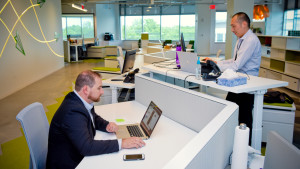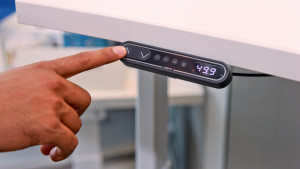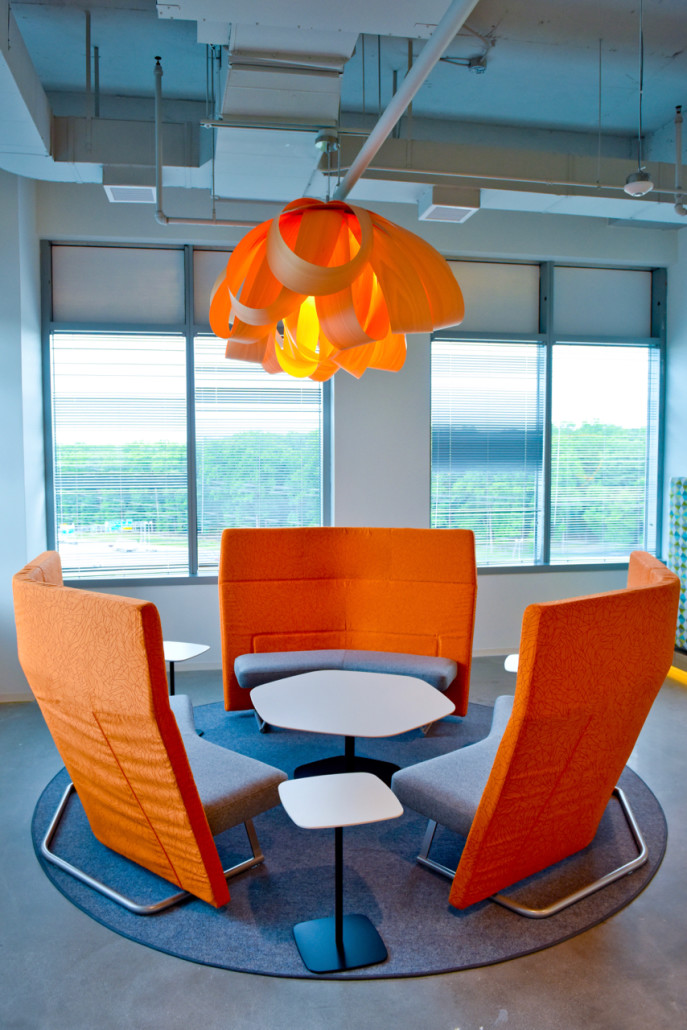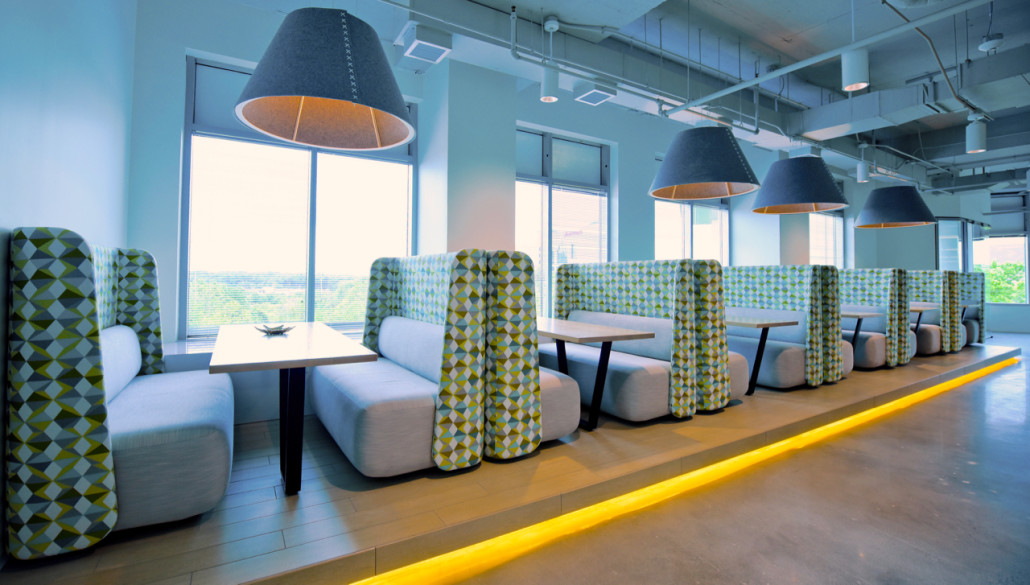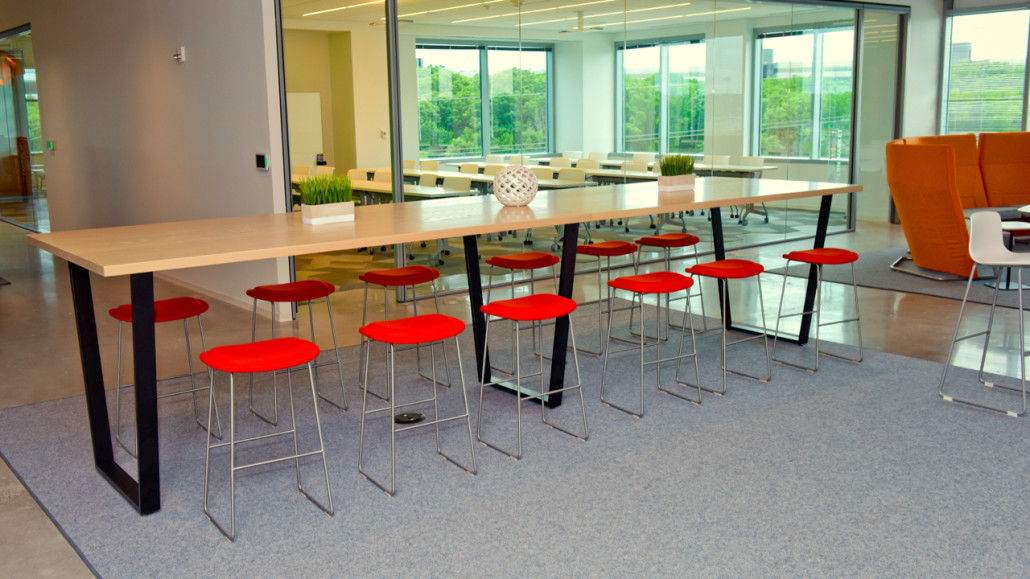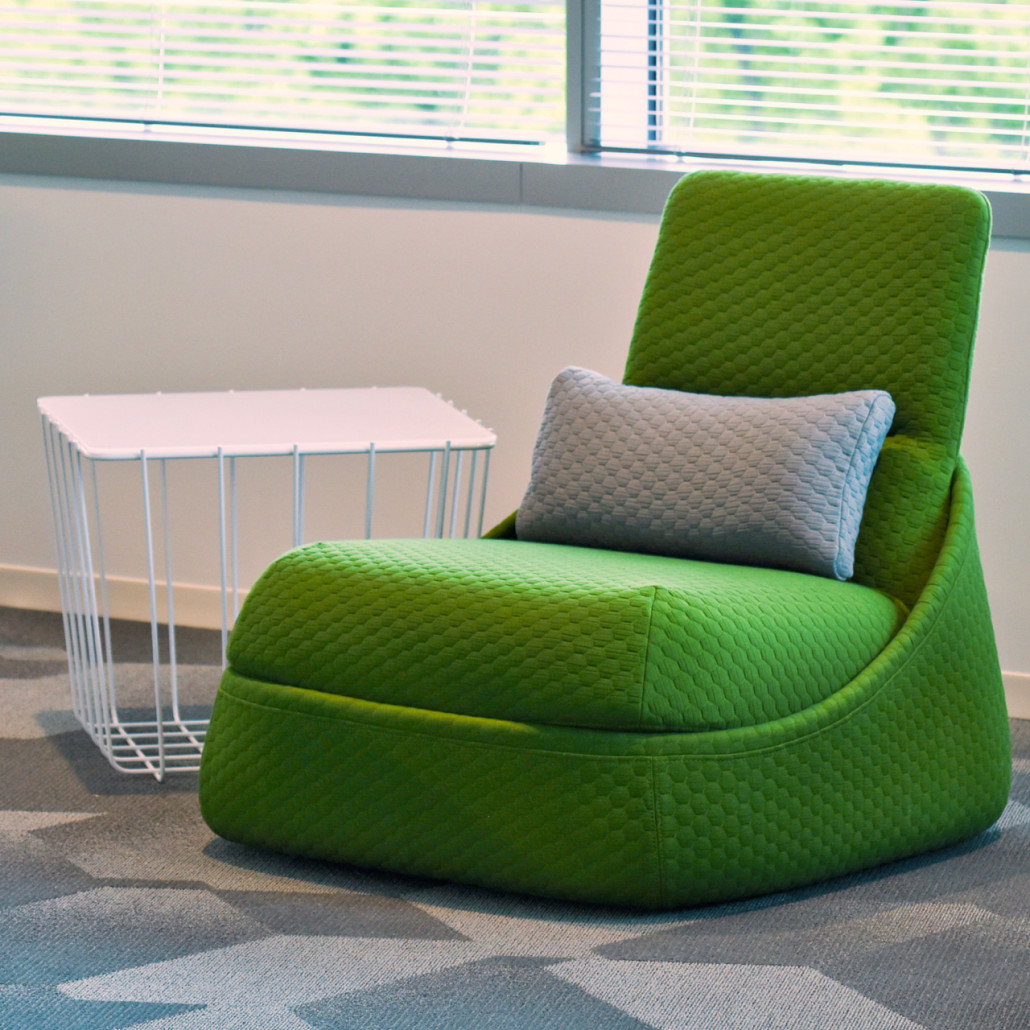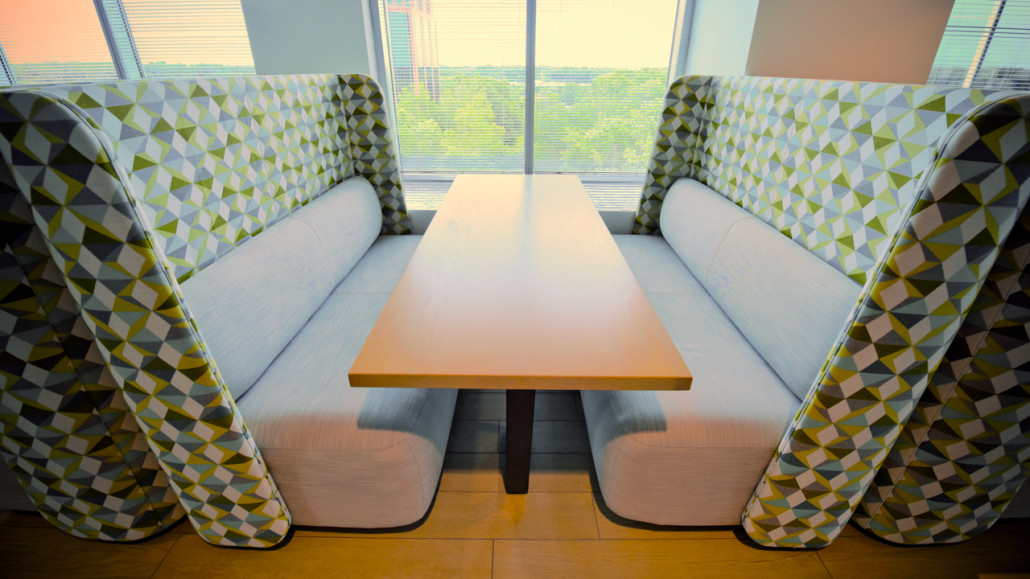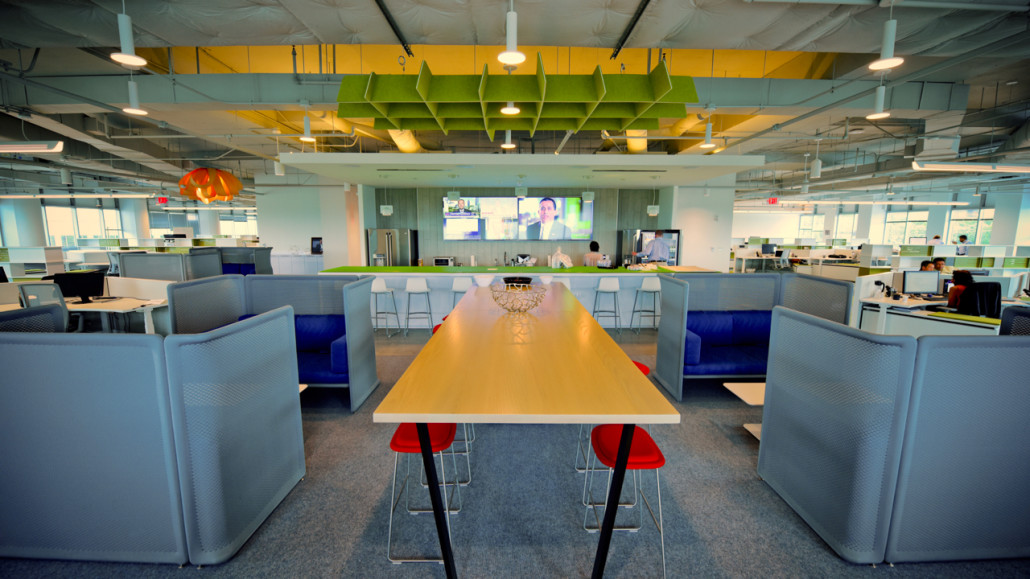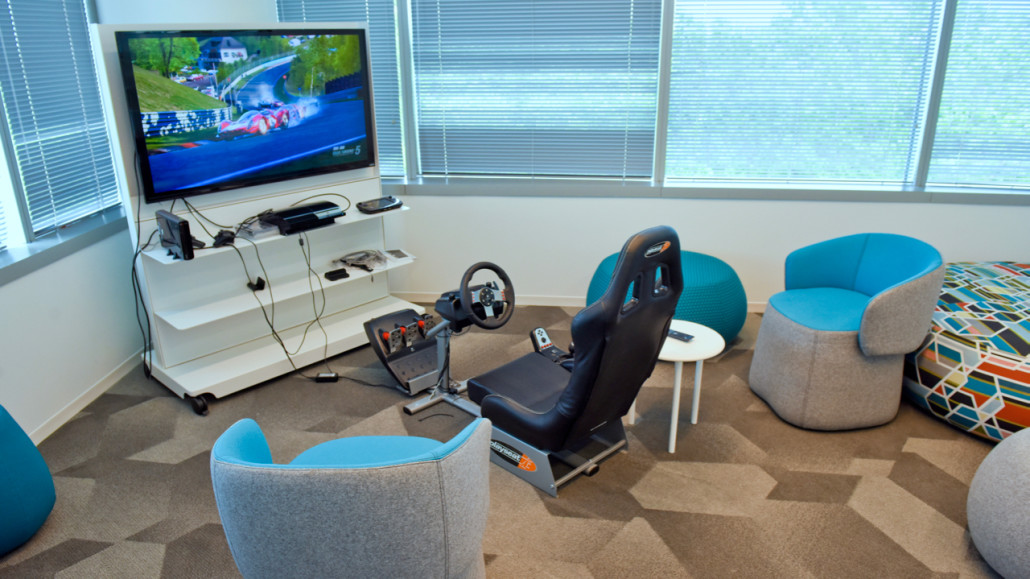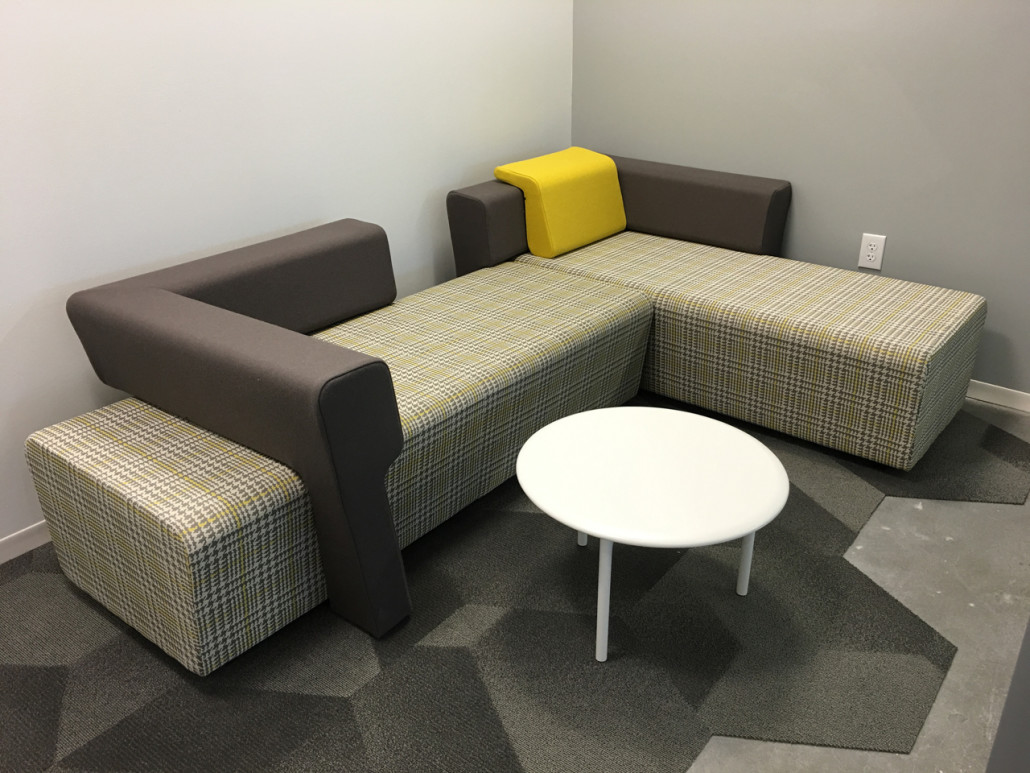Carissa Braithwaite, PHR
Human Resources Manager
SpinSys
Once considered the apex of success, the coveted corner office has become a symbol of organizational leadership being closed off from the grassroots momentum of the company. Expanding enterprises that want to retain that startup vibe of working closely together in intimate quarters are embracing the open office concept. In addition to generating an exciting buzz that energizes the entire workforce, the open layout also organically promotes a culture of accessibility, accountability, open communication, collaboration and community.
A New Spin on an Old Concept
The open floor plan has been a staple of American enterprise since the early 20th century. Early industrial pioneers, including famed automobile manufacturer Henry Ford, adopted the concept as a way to improve efficiency. Until the 1950s, it was common for desk-based employees to hunker down at ordered rows of bench-style desks in a sterile, cavernous room to complete their repetitive tasks. New trends in the 1960s embraced the office landscape movement, which promoted moveable walls and configurable furniture. While the cubicle design provided more privacy and a sense of liberation, it eventually became synonymous in pop culture with employee farms that housed nameless, replaceable drones. Over the years, the concept has been criticized for isolating workers behind windowless, bland fabric-covered partitions.
Modern businesses that aim to nurture creativity, encourage collaboration and promote communication are once again breaking down the walls to build a more engaged workforce. According to a UNC study on Maximizing Millenials in the Workplace, active, involved leadership along with collaborative teamwork and unstructured flow of information are becoming common expectations in the workplace. An open headquarters where everyone has access to each other for brainstorming and socializing supports these values.
In 2010, the International Facility Management Association (IFMA) estimated that 68 percent of American companies had adopted some form of open plan workstations and seating. While the majority of senior and executive management continue to hang on to their private offices, open plans are popular configurations for senior professional, technical and clerical positions.
Today’s open spaces are not simply sterile environments where employees are crammed in elbow-to-elbow as they plug away at their tasks from 9 to 5. Instead, the office is now more like a trendy hotel lobby filled with cushy armchairs for working on a laptop, café bars for chatting with colleagues and breakout conference rooms for private meetings and presentations. These thoughtfully designed spaces cater to a group of creative thinkers who thrive in a bustling, energetic environment.
Implementing a Successful Open Office Plan
SpinSys is an ideal example of how this scenario is a great fit for companies that have been around for decades. Alongside recently implementing an unlimited vacation policy, switching to an open atmosphere aligns with our longstanding commitment to treat employees like they are responsible adults who have a passion for their jobs, are invested in their own success and are an integral part of the team.
Before implementing an open office plan, companies should put careful consideration into what the cultural change aims to achieve. There are many pros of this collaborative environment when the setting is constructed to facilitate interactive experiences and meet the needs of the employees. At SpinSys, the decision was driven by the desire to strengthen these four areas of our corporate culture:
Cultivate a Collaborative Community
Pulling employees out of their private worlds provides more opportunities for personal conversations and connections, which creates an overall sense of community. While SpinSys employees enjoy a meal at the new 25-foot bar in the communal kitchen, they are able to socialize as well as have impromptu discussions about work. Lounge areas with sofas are interspersed throughout the floor to encourage movement and collaboration. A game room, stocked with both a Wii and Playstation, gives employees a place to recharge from the demands of a tough project and bond over a few laughs.
An added benefit of the open floor plan is the increased interaction between older and younger employees. When veterans are tucked away in private offices, mentoring opportunities are greatly limited while senior executives tend to lose touch with innovative tools and skills. According to the Work on the Move report released by the IFMA Foundation, an open layout is the best facilitator for knowledge transfers between the three generations of employees that make up the modern workforce.
Design Spaces to Increase Innovation and Productivity
Ambitious, mobile and tech-savvy, today’s employees crave a forward-thinking workplace that gives them the freedom to get their work done well on their own terms. The Multiple Generations @ Work survey found that 54 percent of staff members highly value the flexibility of choosing their work location. Employees who are empowered to take control of their workspaces experience higher comfort levels and satisfaction with their jobs, which enhances their creativity and productivity.
Eliminating the barriers that separate colleagues, such as closed doors and walls, encourages innovation since people have easier access to each other to share ideas and solve problems. These impromptu meetings often lead to faster decisions being made since schedules do not have to be coordinated just to discuss an issue.
Support Diverse Working Styles
SpinSys employees have diverse working styles that rarely fit into a conventional box. Additionally, their needs often change depending on the task they are engaged in at a particular moment. Sometimes, it is critical that people are near each other to bounce around new ideas or quickly resolve roadblocks. Other times, a quiet, private space is needed to brainstorm, program code or have a confidential call with a client.
The new configuration at SpinSys offers the best of both worlds. Common areas designed with couches and tables promote socializing that helps creative ideas flourish. Teams can customize workspaces to meet their individual and collective needs with moveable furniture. Restaurant-style booths with high back seats provide temporary privacy when heads-down work is required. A dozen small conference rooms are available to support team collaboration while a large 40-person training room encourages cross-pollination of ideas between various software development teams. All of these breakout spaces are equipped with the technology tools that employees need so that they are able to select the best environment for nurturing their working styles.
Increase Employee Health and Wellbeing
One of the best reasons for opening up an office is the ability to flood the common areas with natural lightening. This not only leads to substantial energy savings but also increases the overall morale of employees. Architectural Lighting reports that letting in the light improves productivity, mental stimulation and physical wellbeing.
With the new office layout, SpinSys employees will also benefit physically from the new sitting to standing desks. This healthier alternative to the traditional sit-down workstation boosts energy levels, encourages proper posture and reduces the risk of pain associated with prolonged sitting notes several scientific studies focused on standing desks. Staff members will also have a private wellness room with a daybed to retire to when they are not feeling well.
While open concept plans have been criticized for lack of privacy and distractions, SpinSys has implemented several systems to mitigate these drawbacks. We are confident that our employees will thrive in this invigorating environment, which has been thoughtfully designed to promote collaboration, creativity and innovation.

